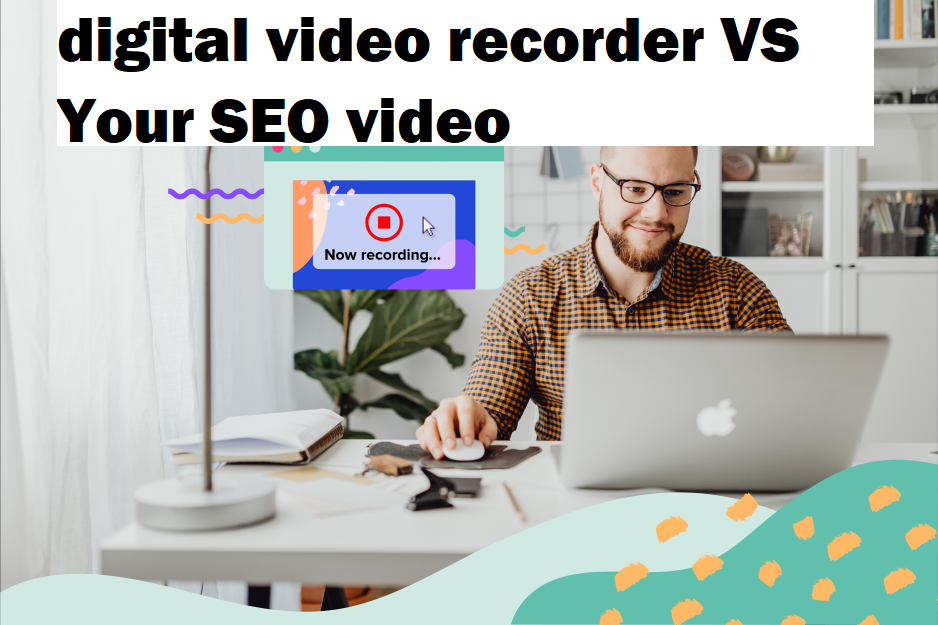In the ever-evolving world of digital marketing and video technology, businesses and content creators are constantly seeking the best ways to capture, store, and promote their visual content. Two key terms often discussed in this realm are digital video recorder VS Your SEO video . While they both relate to video content, they serve entirely different purposes and are geared towards distinct audiences. In this article, we'll explore the differences between DVR and SEO video and how each can benefit your brand.
What is a Digital Video Recorder (DVR)?
A Digital Video Recorder (DVR) is an electronic device designed to record and store video content, often from a live broadcast or camera feed. Traditionally used for television shows, sporting events, or security footage, DVRs capture content that users can later view at their convenience. Unlike old-school video tapes or VCRs, DVRs store videos digitally, offering greater capacity, searchability, and playback features.Key Features of DVR:
- Recording: DVRs allow users to record live television or video feeds, enabling playback at any time.
- Storage: Digital storage systems allow users to save hours of content without the physical degradation that happens with older tape formats.
- Playback: Users can pause, rewind, or fast-forward recorded content at will.
- Scheduled Recording: Most DVR systems allow for the programming of recording schedules to capture future broadcasts automatically.
- Main Use: DVRs are primarily used in home entertainment systems (for recording TV shows, sports, etc.) and surveillance systems (security cameras).
Who Uses DVRs?
- Households that want to record live TV.
- Businesses and security systems that need surveillance video storage.
What is an SEO Video?
An SEO video is a video specifically created and optimized to improve search engine rankings and drive organic traffic to a website. SEO videos aim to meet the search intent of online users by answering questions, offering solutions, or providing relevant content. The goal is not just to create engaging visuals but also to structure and tag the video content in a way that search engines can easily crawl and index.Key Features of SEO Video:
- Optimized Content: SEO videos focus on content that matches high-value search queries. They are designed with search algorithms in mind, featuring clear titles, descriptions, and tags that include relevant keywords.
- Metadata: Adding metadata, such as descriptions, transcripts, and alt text, helps search engines understand the video’s content and rank it accordingly.
- Video Sitemap: A sitemap specific to videos helps search engines find and index the videos on a website.
- Engagement Metrics: Factors such as watch time, click-through rates, and user engagement affect a video’s ranking in search results.
- Main Use: SEO videos are typically used in marketing to drive traffic to websites and improve search visibility.
Who Uses SEO Videos?
- Businesses that rely on organic traffic to drive sales and leads.
- Content creators and influencers seeking to grow their audience.
- Digital marketers aiming to boost a website's search engine ranking.
Key Differences Between DVR and SEO Videos
- Purpose:
- DVR is for recording and playback of existing content.
- SEO video is designed to attract new viewers through search engines and increase website visibility.
- Audience:
- DVR caters to viewers who want to control their video-watching experience, often in a private setting.
- SEO videos target online users searching for specific information, aiming to bring new traffic to a website.
- Distribution:
- DVR content is primarily local (within the home or organization).
- SEO videos are distributed globally via the internet and optimized to appear in search engine results.
- Technology:
- DVR involves hardware devices and digital storage.
- SEO videos leverage software optimization techniques, keywords, metadata, and other SEO tools.
- Business Value:
- DVR provides convenience for users but has limited direct business impact.
- SEO videos can drive significant business growth, helping websites rank higher on Google and increasing the visibility of a brand.
Why Your SEO Video Strategy Matters
While DVRs offer great convenience, they are not typically connected to business growth unless your business is in television or security. In contrast, SEO videos are a powerful marketing tool that can:- Improve website ranking: Video content ranks high in search engines, particularly on Google, which favors websites with multimedia content.
- Increase user engagement: Videos are engaging, and users are more likely to stay on a website longer when there’s video content.
- Generate more traffic: Optimized videos can capture search traffic, driving users to your site.
- Build brand awareness: SEO videos help establish your brand as an authority in your field by offering valuable content that users search for.
- Convert leads: Well-crafted SEO videos can turn passive viewers into active customers, contributing to your sales funnel.
